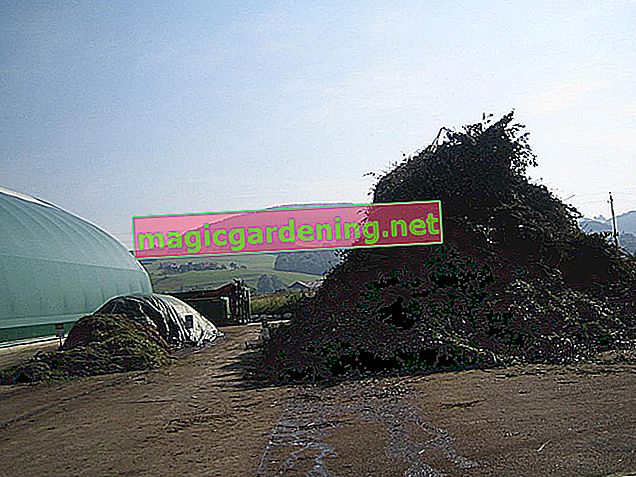
Preparations for the pruning
Before tackling the plant with knives or scissors, you should make sure that you have the right tools. Of course, it depends on the strength of the stems to be cut, whether a knife is sufficient or whether it is better to use rose shears.
In any case, the scissors or knives must be very sharp so that smooth cut surfaces are created and the plant stems are not squashed. The blades should be disinfected before the first cut. This prevents the spread of diseases.
also read
- The different types of ornamental sage
- Care measures for ornamental sage
- Is the ornamental sage poisonous?
Select the cutting measure
There are two options for pruning ornamental sage:
- Remove the dead inflorescences for a second bloom
- the radical cut back
Cut the inflorescences
If the flower candles have faded and are already a bit dry, you can easily cut them out. This measure results in a second flowering in autumn.
With the cut after the first flowering period, the seed formation is prevented. On the one hand, this saves the plant's strength and, on the other hand, it prevents the uncontrolled spread of the ornamental sage. If you want to achieve a naturalization of the plant in certain areas of the garden, one or two inflorescences can be left for seed ripening.
Radical blending
With this measure, all shoots are shortened to about 15 cm. Lignified shoots should not be trimmed or only slightly, because the sage does not tolerate a cut in the “old wood” so well. It is best to carry out such a radical intervention in the spring, giving the plant the opportunity to grow again vigorously.
When is the best time to cut the ornamental sage?
As a rule, the ornamental sage is easy to cut all year round. However, major pruning should be done at a specific time.
The faded inflorescences are cut in summer, i.e. after the first flowering, so that a second flowering phase can take place in autumn. Here, too, pruning takes place after flowering if you want to prevent seed formation.
A radical cut, however, is best done in early spring so that the plant can sprout well. In the case of hardy sage plants, the old, dried-up shoots are the best protection against the cold in winter.








